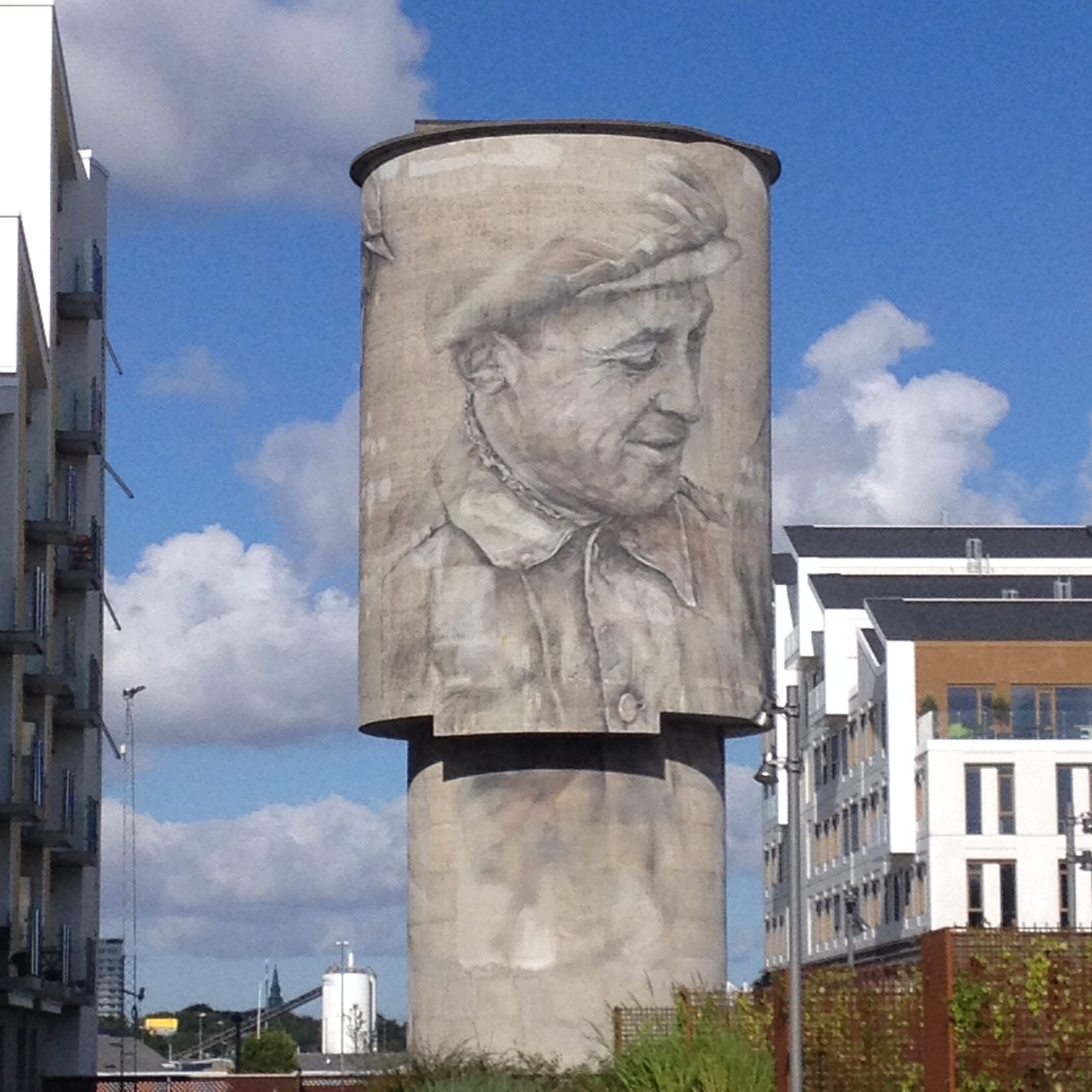Almost two weeks ago I entered the Melia Sevilla hotel, where the S1000D User Forum 2016 was taking place, and felt many butterflies fluttering inside me. I realized that I saw one good old friend, then another, then another. I haven’t seen them for three years, since the User Forum in Vienna, so I hurried to give them all big hugs, even before checking in properly in the hotel.
I simply love S1000D community! And this love is as multidimensional as the Specification itself. The brilliant and inspiring forum made me once again contemplate why I am so deeply devoted to this community and this technical standard.
This is what I realized.
The people developing this standard are probably the happiest, the funniest and the most fun “nerds” I have ever encountered in my life.
S1000D nerds (I hope they will forgive me calling them nerds; I am definitely one of you, guys!) address each other quite often “Dear S1000D lovers” in their e-mail exchanges. They exchange a lot of e-mails drawing each other into hot discussions about various elements and attributes, or codes and values, referring jokingly to those discussions as SHET (S1000D Heavy E-Mail Traffic), which is by the way an official abbreviation in the standard.
I love helping people and I guess this is in our human nature, or nature of a living being in general. But I realized, I feel especially rewarded when a happy nerd enjoying his area of work gives me thumbs up for what I have done. And let me tell you, S1000D nerds are happy! You will notice it when you see them at the conference debates, working group meetings and especially at the bars in the hotels where they meet.
At the User Forum in Seville, I’ve been blessed to receive this kind of happy reward and praise for my latest book “S1000D Issue 4.1 Untangled”. I was simply thrilled, when my colleagues in the community exclaimed, “This is exactly what we need! It should have been done a couple of years ago! I always said this is the way to go!”
Then they appreciated my presentation, which introduced the study I made in the book as well as connected the world of a writer with the S1000D world and made parallels between books (both fiction and non-fiction) and S1000D conformant technical publications.
Now only a bit more than week after the User Forum I see the results of the word of mouth. I get e-mails of colleagues saying that they purchased the book and joking that “it better be good.” I see on my account on the CreateSpace (a book on demand printing company) the number of books sold growing.
And then my colleagues are simply happy to share the information about what I do further. Because they think this good. I couldn’t stop smiling when I watched this video by Mike Ingledew about the giveaways he gathered at the User Forum.
Here is the thing. I feel exactly the same way about the S1000D community and its members. I appreciate so much what they do for our common goal.
If you subscribed to this blog, then you will probably know what goal I am talking about.
But if you are new to this, then late me highlight why I think S1000D as a field to learn and work in is so exciting.
A modern technical manual reflects the multiplication product of all processes in a product life cycle.
S1000D is about technical publications and yes, it can be applied to other manuals to. But its value is that it gives structured answers (like no other standard) to the multidimensional requirements of a technical manual. A technical manual today, which often is an interactive electronic product (whether standalone or a web-application), allows you to order missing parts for your product, learn how to operate it, how to maintain and discard it. It also gives clues what skills you need to have to be able to carry out certain activities on the product described by the technical manual.
Above that S1000D, with its emphasis on re-usability and interoperability, strives for a wide variety of functionalities and options and at the same time also strictness of their definition. Surprisingly enough (and in spite of its authors still not being quite satisfied), I think it does allow both in a very good extend.
There is still a lot space for further development of the Specification and study of how the new mechanisms effect its implementation.
So you won’t be surprised about my plans to not only continue contributing to S1000D development by being the chair of the Business Rules Working Group and overtaking a number of actions there, but also by continuing to work further on resources for the community.
First of all, I started to work on a new S1000D book. It will be devoted both to Issue 4.1 and 4.2. Basically, it will be a new edition for Issue 4.1 plus all the entries mapped to the future Issue 4.2 as well. Right now I am working on enhancing Issue 4.1 information in the book. As soon as the Issue 4.2 is published, I will analyse how much changed there in respect to Issue 4.1 and point these changes out. I hope to publish the new book before the User Forum in Amsterdam in June next year. Wish me luck. 🙂
Above that I will start a new S1000D blog category soon, to continue drawing parallels between fiction and a technical manual produced in conformance with S1000D. But more on this in the future posts. (Yes, I admit to have added a cliff-hanger here. 😉 )
But let’s come back to now. Or actually further back. But not too far. What are you memories of the User Forum at Seville this year, if you were there, and if not, what are you memories and experiences of a User Forum or an S1000D working group meeting you participated in last time? Why do you love this community and this topic?
Picture: Beautiful Seville after the second full day (September 28) of the S1000D User Forum 2016.

Copyright © 2016 by Victoria Ichizli-Bartels





